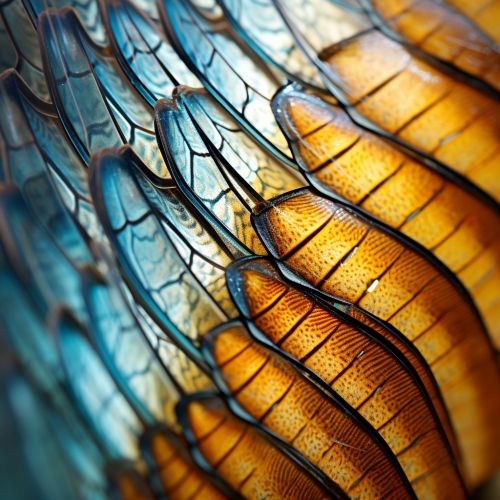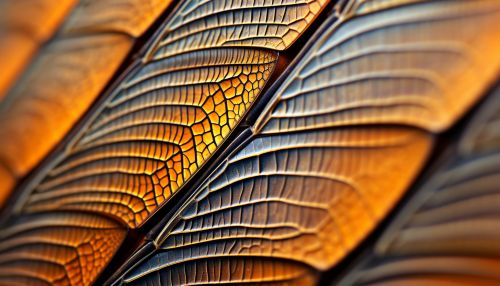Biomechanical Analysis of Insect Flight
Introduction
Insect flight, a complex phenomenon that has intrigued scientists for centuries, is a subject of ongoing research in the field of biomechanics. The biomechanical analysis of insect flight involves the study of the physical principles and mechanical properties that govern the flight of insects. This includes the analysis of wing structure, muscle function, aerodynamics, and the sensory and neural systems that control flight.
Wing Structure and Function
Insects possess a pair of wings that are primarily made up of chitin, a lightweight yet durable material. The wings are attached to the thorax of the insect and are powered by specialized flight muscles. The structure of the wings varies greatly among different species of insects, with some having broad, flat wings, while others have slender, elongated wings. The shape and size of the wings are crucial factors that determine the flight capabilities of an insect.


The wings of insects are not merely static structures, but are capable of complex movements. Insects can alter the angle of their wings, change the speed of their wing beats, and even reverse the direction of their wing movements. These complex wing movements allow insects to perform a variety of aerial maneuvers, such as hovering, rapid acceleration, and sharp turns.
Flight Muscles
The flight muscles of insects are among the most powerful and efficient muscles in the animal kingdom. These muscles are responsible for generating the force required to flap the wings and propel the insect through the air. Insect flight muscles are classified into two types: direct flight muscles (DFMs) and indirect flight muscles (IFMs). DFMs are attached directly to the wings and cause wing movement by contracting and relaxing. IFMs, on the other hand, are attached to the insect's thorax and cause wing movement by deforming the shape of the thorax.
Aerodynamics of Insect Flight
The aerodynamics of insect flight is a complex subject that involves the study of fluid dynamics, force generation, and energy efficiency. Insects generate lift by creating vortices of air with their wing beats. These vortices, known as leading-edge vortices, are created when the insect flaps its wings at a high angle of attack. The leading-edge vortex increases the lift generated by the wing, allowing the insect to stay aloft.
In addition to lift, insects also generate thrust to propel themselves forward. The thrust is generated by the backward stroke of the wings, which pushes air backward and propels the insect forward. The efficiency of thrust generation is influenced by several factors, including wing shape, wing beat frequency, and the angle of attack.
Sensory and Neural Control of Flight
Insects possess a sophisticated sensory and neural system that controls their flight. The primary sensory organs involved in flight control are the compound eyes and the antennae. The compound eyes provide visual information about the environment, while the antennae detect changes in air pressure and wind speed.
The information gathered by the sensory organs is processed by the insect's central nervous system, which generates appropriate motor commands to control the flight muscles. The central nervous system of insects is capable of processing sensory information and generating motor commands at an incredibly fast rate, allowing insects to respond quickly to changes in their environment and perform complex aerial maneuvers.
Conclusion
The biomechanical analysis of insect flight is a complex and fascinating field of study. It involves the integration of various disciplines, including biology, physics, and engineering, to understand the physical principles and mechanical properties that govern the flight of insects. The knowledge gained from this field of study has numerous applications, from the design of micro air vehicles to the development of more efficient flying robots.
